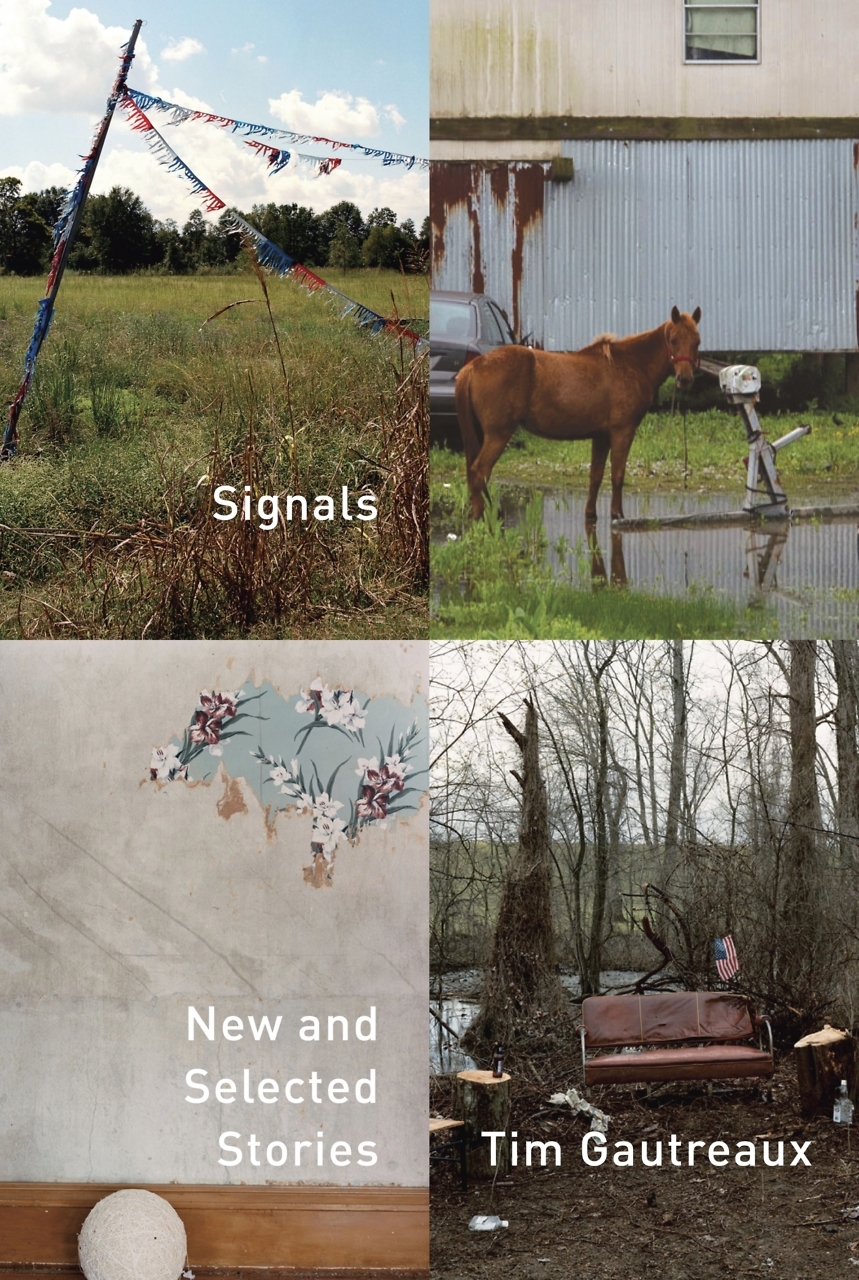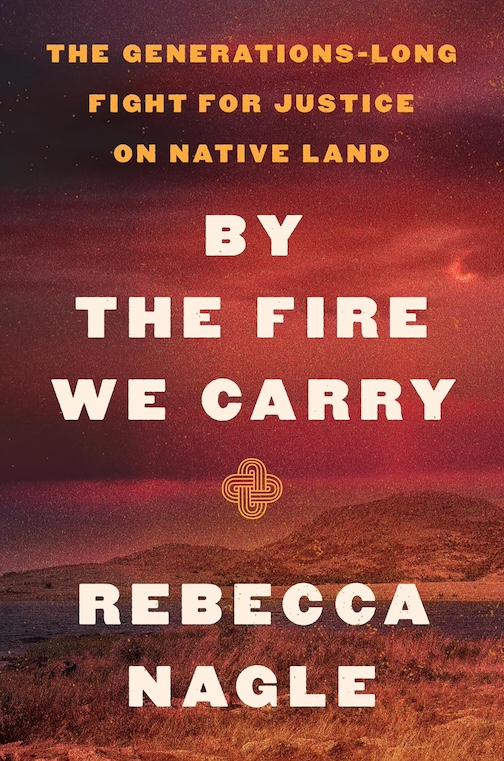When Fury Meets Guilt
In her new YA novel, I Was Here, Gayle Forman explores the questions surrounding a teen suicide
In I Was Here, Gayle Forman continues her exploration of life and death, responsibility, courage, and love—all themes in her earlier YA novel If I Stay. I Was Here’s protagonist, eighteen-year-old Cody, becomes obsessed with finding out why her best friend, Meg, has committed suicide. Wracked with fury and guilt, Cody stumbles on a dark subculture of people who prey on the depressed and encourage them to take their own lives.
 Cody is the daughter of a single mother who appears to have little interest in her only child, limiting her parental advice to warnings like “Never sleep with the bartender,” gambling away an unexpected windfall, and showing scant understanding of the pain Cody is living through in losing her best friend since kindergarten. Meg, on the other hand, had two loving parents, an adoring little brother, regular meals, and support for her dreams of attending a private college far from home, yet it is Meg and not Cody who finds life unbearable. Despite a few fleeting hints that all might not be ideal in the Garcia household, Meg’s home life, unlike Cody’s, is clearly a stable and nurturing one.
Cody is the daughter of a single mother who appears to have little interest in her only child, limiting her parental advice to warnings like “Never sleep with the bartender,” gambling away an unexpected windfall, and showing scant understanding of the pain Cody is living through in losing her best friend since kindergarten. Meg, on the other hand, had two loving parents, an adoring little brother, regular meals, and support for her dreams of attending a private college far from home, yet it is Meg and not Cody who finds life unbearable. Despite a few fleeting hints that all might not be ideal in the Garcia household, Meg’s home life, unlike Cody’s, is clearly a stable and nurturing one.
After a long series of memorials for their daughter, the Garcias ask Cody to go to Meg’s college and pack up the things she left in her dorm room. It’s never made clear why they don’t perform this necessary but heartbreaking task themselves, but the mission does allow Cody to meet Meg’s friends. One is Harry Kang, a computer geek who helps Cody unravel the mystery of the emails missing from Meg’s computer. Another is Ben, the musician Meg had called “Tragic Guitar Hero,” and who becomes Cody’s partner in her quest for answers.
Cody is puzzled by an email from Meg to Ben that is full of “heartbreak and rejection and defeat,” emotions that Cody has never before associated with her best friend. Ben’s “brutal” reply—“Meg, you have to leave me alone”—also seems uncharacteristic of the boy who strikes Cody as almost angelically patient. It’s only when she starts to learn the truth of her friend’s state of mind that these clues link together to form an answer to Cody’s—and the reader’s—questions.
What Cody finds sickens her: Meg’s correspondence with a “suicide support group” called Final Solution, which encourages people who feel suicidal to take their own lives. Members of this group present suicide as an act of self-sufficiency and independence from society’s norms—exactly the kind of reasoning likely to appeal to an adolescent.
 What drives an accomplished, intelligent, loving and loved, otherwise healthy person to suicide? And if someone like Meg, with all her advantages, can’t manage life, what hope is there for Cody? That question encapsulates Cody’s despair. She recognizes Meg’s many positive traits—generosity, humor, loyalty—but she fails to see her own good qualities. Surprisingly, it is Cody’s mother, whose maternal instincts are usually hidden behind her bravado, who forces Cody to see how strong she really is: “[Y]ou never quit on dance, on math, on anything, and maybe you had more reason to,” Tricia tells her daughter. “You had a pile of rocks, and you cleaned them up pretty and made a necklace. Meg got jewels, and she hung herself with them.”
What drives an accomplished, intelligent, loving and loved, otherwise healthy person to suicide? And if someone like Meg, with all her advantages, can’t manage life, what hope is there for Cody? That question encapsulates Cody’s despair. She recognizes Meg’s many positive traits—generosity, humor, loyalty—but she fails to see her own good qualities. Surprisingly, it is Cody’s mother, whose maternal instincts are usually hidden behind her bravado, who forces Cody to see how strong she really is: “[Y]ou never quit on dance, on math, on anything, and maybe you had more reason to,” Tricia tells her daughter. “You had a pile of rocks, and you cleaned them up pretty and made a necklace. Meg got jewels, and she hung herself with them.”
Cody’s search for answers becomes a journey of self-discovery, as well as an acknowledgment of suicide’s long reach. When a mere acquaintance of Meg’s expresses anger over her death, Cody becomes aware that “the tentacles” of Meg’s suicide are “reaching out, burning people who hardly knew her.” She also sees how her own anger has become a crutch, “the one thing—the only thing—to get you through the day. If they take that from me,” she thinks, “I’m wide open: raw and gaping, and then I don’t stand a fucking chance.”
In her author’s note, Forman— a former writer for Seventeen magazine, where she reported on social issues—describes learning about a young woman who had committed suicide after being encouraged to do so by a “support” group. Though she doesn’t blame the group for the girl’s suicide, Forman acknowledges that people at their most vulnerable may be powerless to resist the supposed support they find there. The novel is not an anti-suicide tract, but the author’s note does provide information on depression and suicide prevention.
When reminiscing about the park where she and Meg learned to ride their bikes, ran through sprinklers, and climbed a structure shaped like a rocket ship, Cody describes the graffiti in the rocket’s nose cone: “New stuff was always being scrawled over the old, though one line, Meg’s favorite, remained gouged into the metal: I Was Here. She loved that. ‘What more can you say, right?’ she’d ask.”
In the end, that’s Meg’s legacy. She was there. And like the graffiti, still visible despite the new words written over it, she will always be a part of Cody, even when new friendships and new relationships form over her memory.

Tracy Barrett is a writer who lives in Nashville. Her tenth novel, a young-adult retelling of Cinderella entitled The Stepsister’s Tale, was published in 2014 by Harlequin TEEN.


